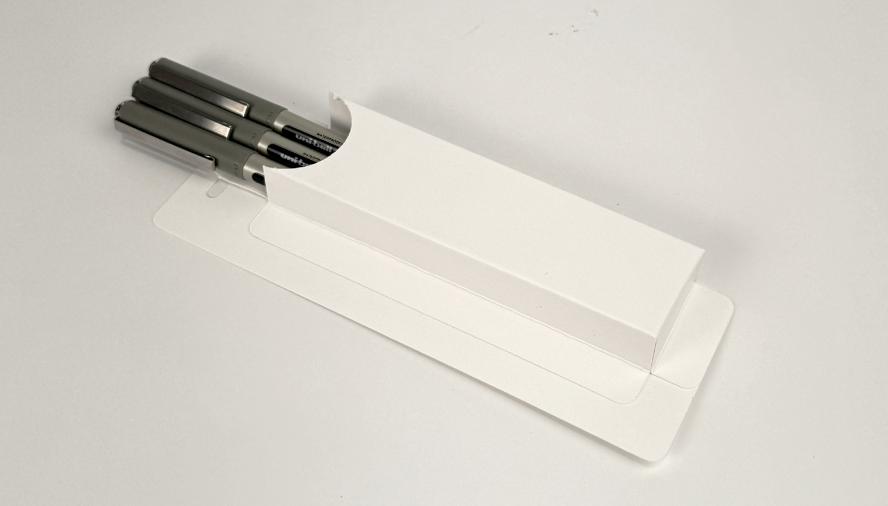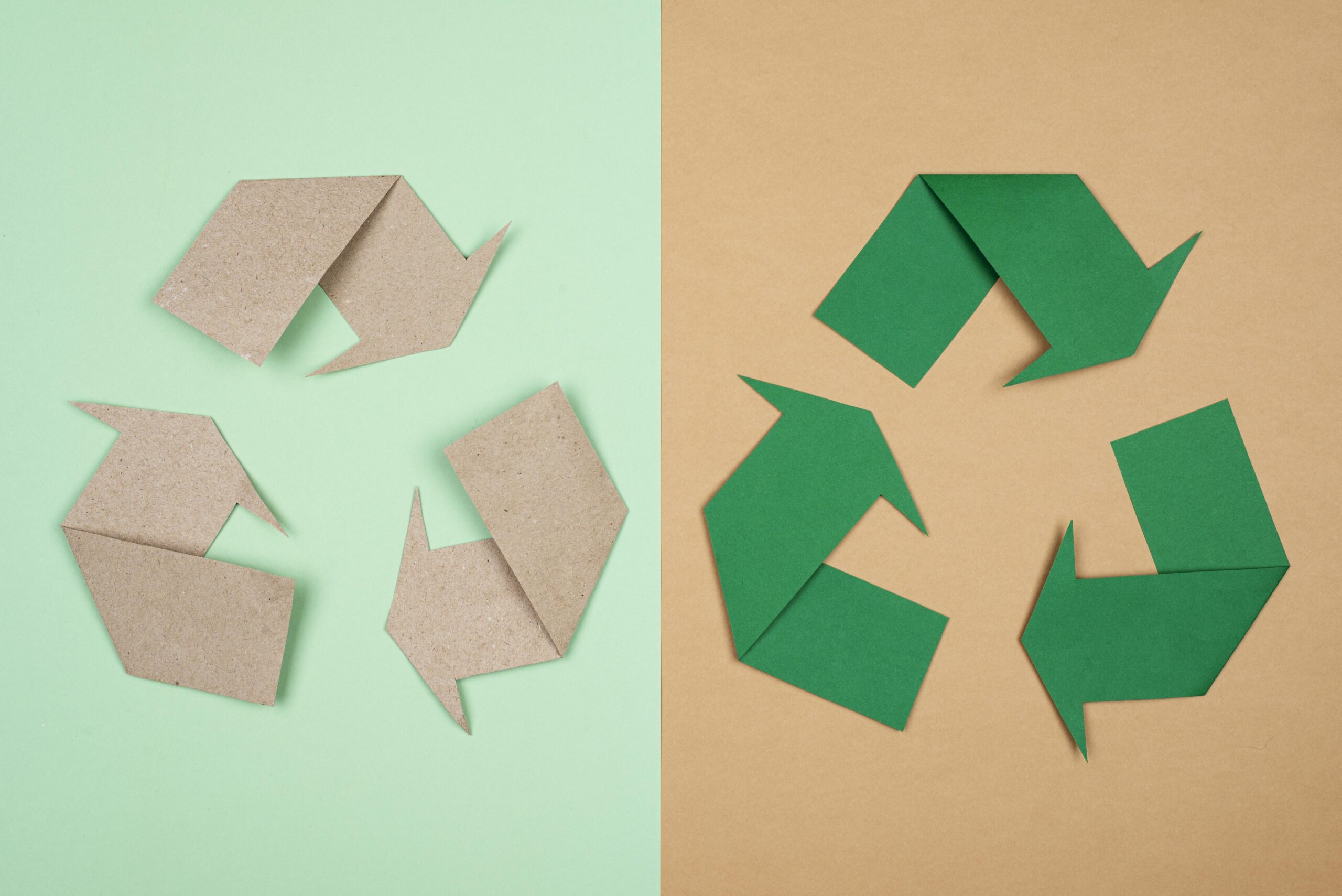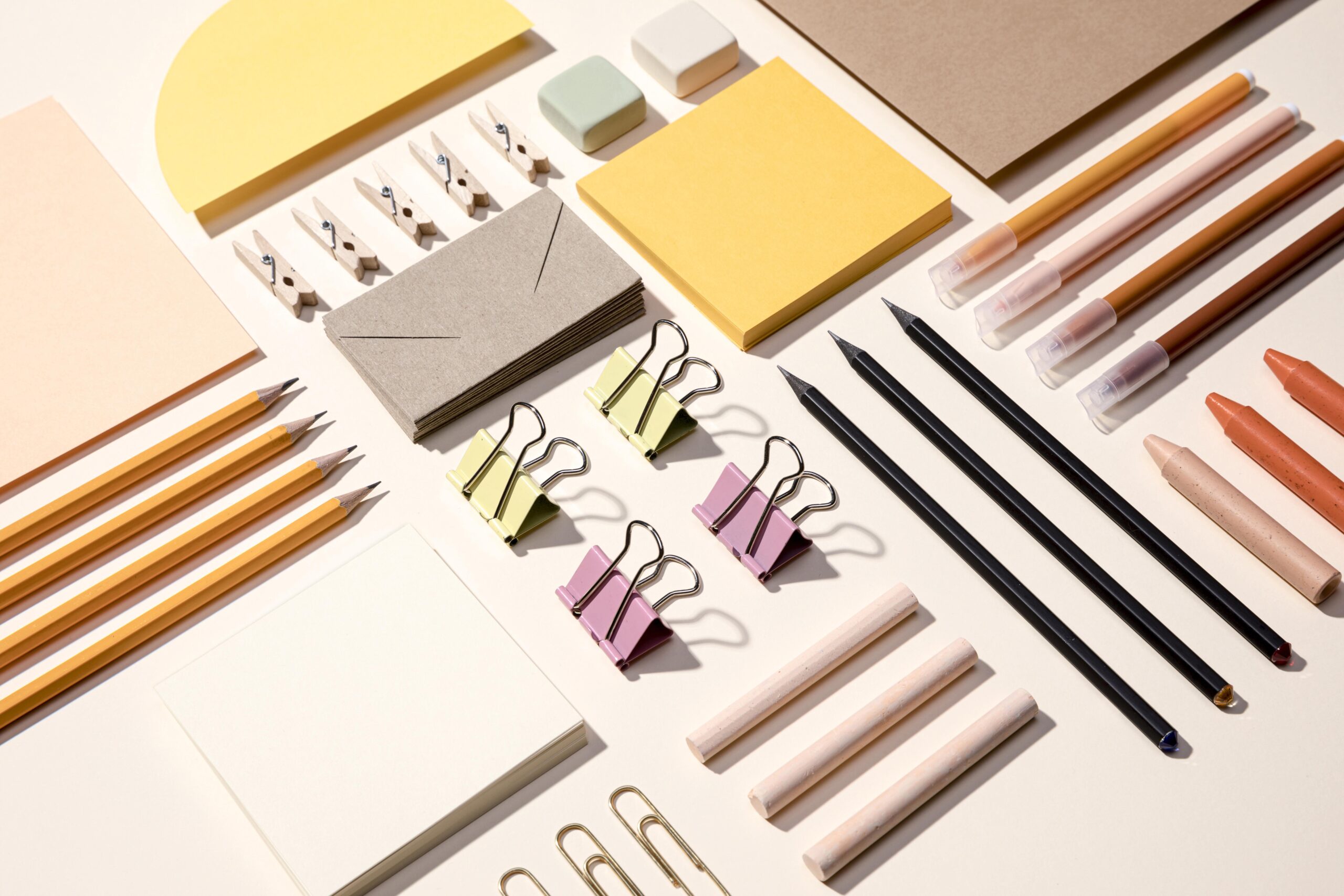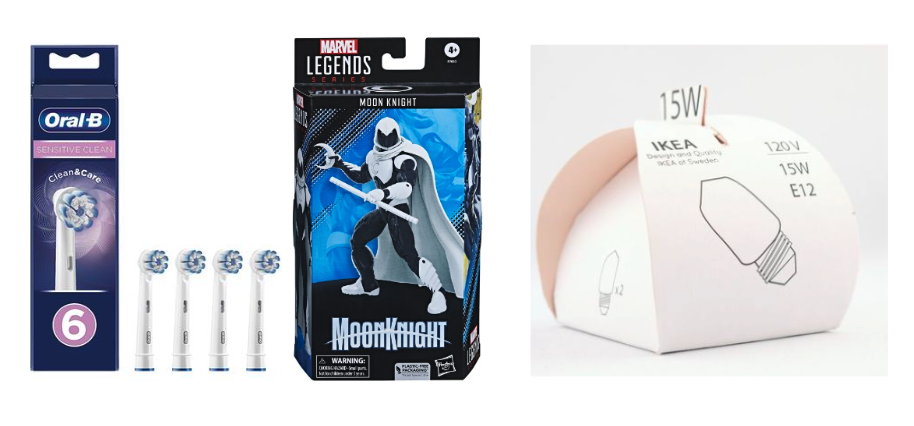In a world where sustainability has become a priority for companies and consumers alike, packaging plays a crucial role in reducing environmental impact. The traditional plastic blister pack, widely used for its ability to efficiently protect and display products, is gradually being replaced by more environmentally friendly alternatives. One of these alternatives are cardboard blister packs, which offer a sustainable solution without compromising the functionality or visual appeal of the packaging.
In this post, we will explain in detail what cardboard blister packs are, how they are transforming the packaging industry, their benefits, challenges and examples of success in their implementation.

What are cardboard blisters?
Cardboard blisters are an evolution of the classic plastic blister. Instead of using entirely plastic, these packages combine a cardboard backing with a transparent window that allows the consumer to see the product inside the package. This window, in many cases, can be made of biodegradable plastic, bioplastics or even cellulose, further reducing the environmental impact of the packaging.
The cardboard used in these packaging is usually recycled or comes from certified sustainable sources, which ensures that the product has a more environmentally friendly life cycle. Some cardboard blister packs are designed to be completely recyclable or compostable, eliminating the need for traditional plastics and closing the product life cycle more efficiently.
Advantages of cardboard blister packs
Cardboard blister packs offer a number of advantages that make them attractive to both companies and consumers. The main ones are detailed below:
1. Reduction in the use of plastics
The most obvious benefit of cardboard blister packs is the significant reduction in plastic use. Since cardboard is the main material, plastic is minimized or eliminated completely, helping to combat plastic pollution and reducing dependence on non-renewable resources such as oil.
2. Recyclable and biodegradable materials
Cardboard is a highly recyclable and biodegradable material, meaning that cardboard blister packs can be easily integrated into existing recycling systems or degrade naturally in the environment without leaving toxic waste. This is especially important at a time when consumers are demanding more environmental responsibility from brands.

3. Adaptability and versatility in design
Cardboard is an extremely versatile material, allowing brands to customize packaging in a variety of ways. From matte or glossy finishes to high-quality graphics, cardboard blister packs offer a platform for creativity. In addition, cardboard can be molded and cut into various shapes, adapting to different sizes and types of products. For example, a small tool company might use a cardboard blister pack with a reinforced backing that allows for easy opening, while a toy manufacturer might design packaging that folds as part of the game.
4. Better user experience
One of the weak points of plastic blister packs is the difficulty in opening them. Many people have experienced the frustration of struggling with hard plastic packaging, sometimes leading to cuts and injuries. Cardboard blisters, on the other hand, are much easier to open, which improves the user experience and minimizes the risk of accidents.

5. Alignment with conscious consumer trends
Today’s consumers are more informed and aware of the impact of their purchasing decisions on the environment. Opting for cardboard blister packs not only meets this demand for sustainable products, but also improves brand perception. Companies that adopt sustainable packaging are often seen as innovative and responsible, which can strengthen customer loyalty.
6. Compliance with environmental regulations
With the increasing number of regulations limiting the use of single-use plastics and requiring waste reduction, cardboard blister packs allow brands to comply with these laws and avoid penalties. Additionally, anticipating future regulations can give companies a competitive advantage in the market.
Success stories: brands that are leading the change
Several industry giants have already begun incorporating cardboard blister packs into their product lines, recognizing both their environmental value and their potential to improve customer experience.
1. Procter & Gamble (P&G)
Procter & Gamble has taken a significant step towards sustainability with its line of Oral-B electric toothbrushes. The packaging of these products has been redesigned using cardboard blister packs, considerably reducing the plastic used without compromising the visibility of the product or its protection.
2. Hasbro
Toy manufacturer Hasbro has set an ambitious goal to eliminate plastic in its packaging by 2025. They have already begun implementing cardboard blister packs in some of their toy lines, proving that it is possible to maintain functionality and visual appeal while reducing the environmental impact.
3. IKEA
IKEA, known for its focus on sustainability, has adopted cardboard blister packs for many of its small products, such as kitchen utensils and tools. By doing so, the company not only reduces plastic use, but also reinforces its commitment to a more sustainable future.

Future of cardboard blister packs and sustainability in packaging
The shift towards cardboard blister packs is just one part of a broader movement towards sustainability in packaging. As more companies adopt responsible practices and consumers demand greener options, we are likely to see continued transformation in the packaging industry.
New technologies and materials will continue to emerge, offering even more sustainable and efficient solutions. Innovation in packaging will not only be limited to the reduction of plastics, but will also encompass the design of reusable, biodegradable and easier to recycle packaging systems.
Cardboard blister packs represent a significant advance in reducing the environmental impact of packaging. By combining the functionality of traditional blister packaging with the sustainability of cardboard, they offer a solution that meets the needs of both businesses and consumers.
For brands, adopting cardboard blister packs is an opportunity to position themselves as leaders in sustainability, improve their brand image and meet growing demands for environmental responsibility. Although there are challenges, the long-term benefits in terms of regulatory compliance, customer satisfaction and environmental conservation are difficult to ignore.
Are you ready to take the next step towards more sustainable packaging? Cardboard blister packs may be the key to a greener and more responsible future. Explore the possibilities and join the sustainable design revolution! 🌍📦

